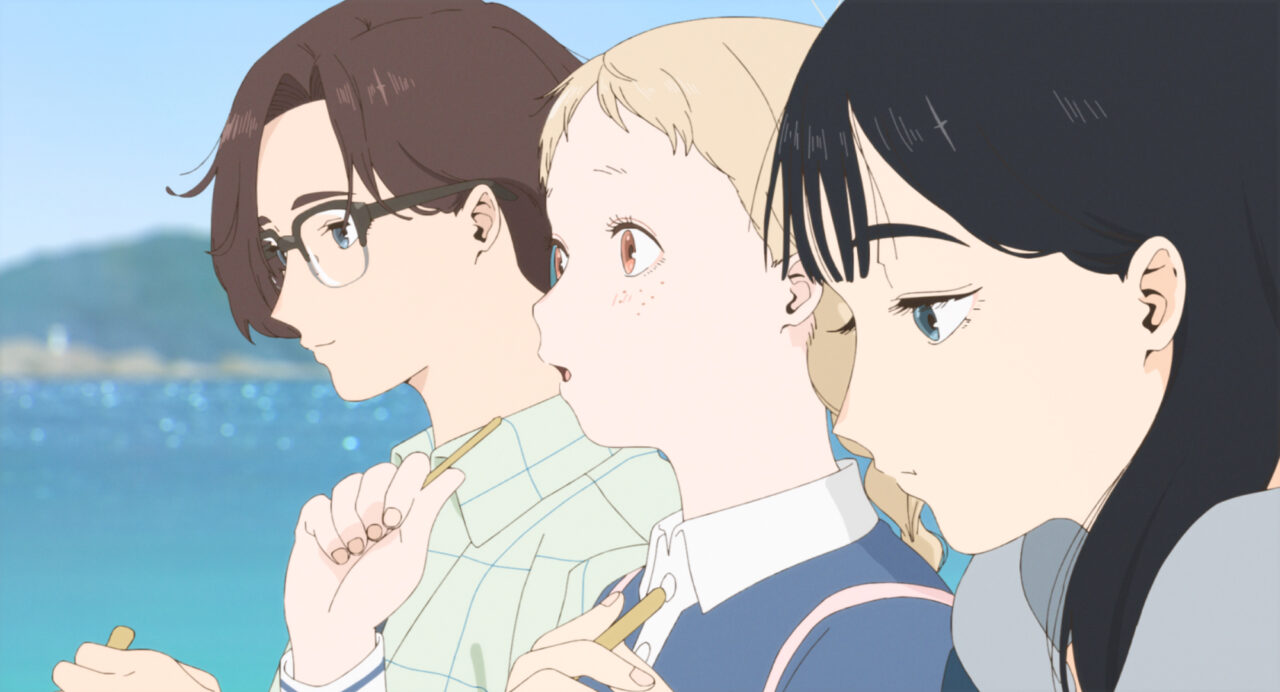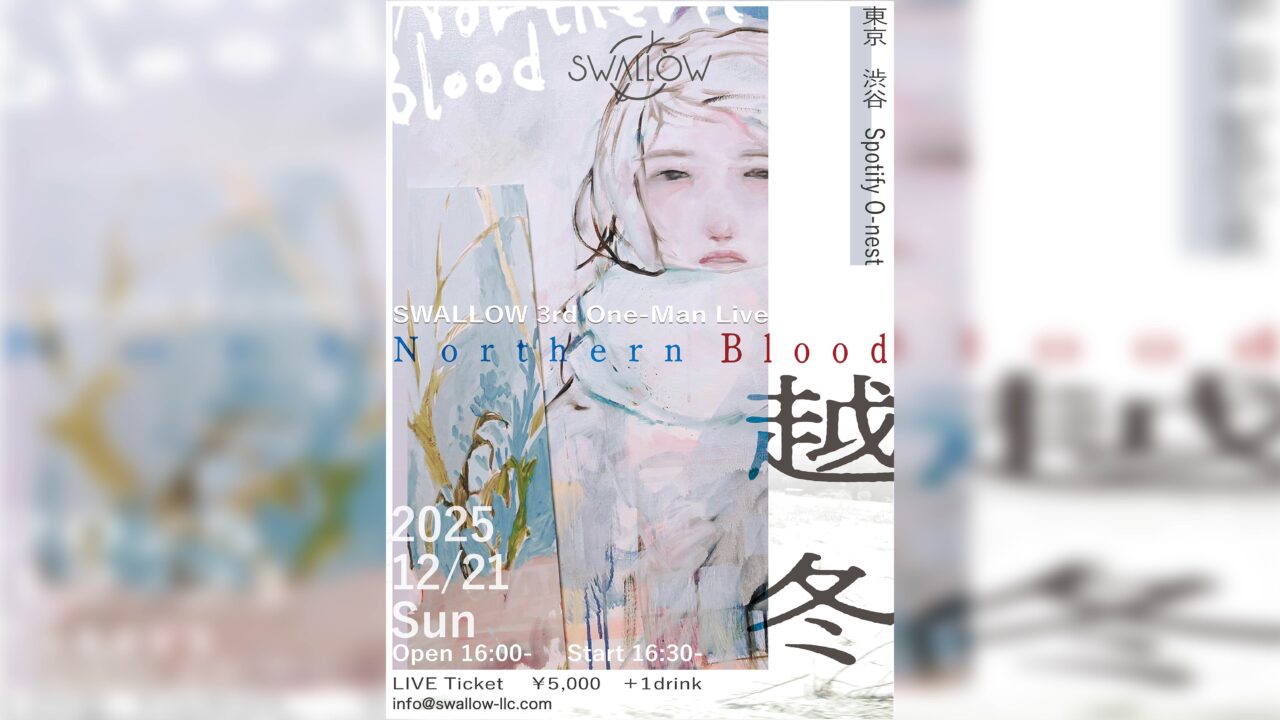The anime film ‘The Colors Within’ hit theaters on Friday, August 30, and it’s especially noteworthy as the latest collaboration from the creative team behind ‘A Silent Voice’: director Naoko Yamada, screenwriter Reiko Yoshida, and composer Kensuke Ushio.
Although both films focus on the emotions and communication struggles of young people, ‘The Colors Within’ takes a gentler approach, celebrating the beauty of “overflowing emotions” in a calm and soothing atmosphere.
INDEX
Themes of “Emotions” Echoed in ‘A Silent Voice’
While ‘A Silent Voice’ received widespread acclaim, it also sparked reactions from those who found the story, which revolves around childhood bullying, difficult to watch or even unsettling.
In contrast, ‘The Colors Within’, crafted by the same creative team, can be seen as a response to A Silent Voice. Rather than portraying the pain of bullying or strained relationships, it embraces the idea of “overflowing emotions” in a positive light. The film is filled with a calm and comforting atmosphere, devoid of any harsh conflicts, while still deeply addressing “youth communication.” Its delicate and thoughtful portrayal of emotions mirrors the strength of A Silent Voice, making it not only a must-watch for fans of the previous film but also for those who found A Silent Voice too intense. Let’s dive into the reasons why this film deserves attention, touching on its narrative elements.
INDEX
Music as a Medium for Unveiling Inner Feelings
High school student Totsuko, who attends a mission school in Nagasaki, meets Kimi, a girl working at a secondhand bookstore, and Rui, a boy secretly involved in music. Together, they form a band.
All three main characters share the trait of “hiding their feelings of affection.” Totsuko appears to be an innocent and cheerful girl but sometimes tells lies to maintain appearances. Kimi has not told her family about her school dropout, and Rui, despite his commitment to becoming a doctor to meet his mother’s expectations, is deeply passionate about music.

The film’s major appeal lies in how the true feelings of these three characters gradually spill out through their music. For example, when Totsuko makes an unexpected suggestion to form a band at the bookstore, and Kimi pleasantly agrees, Totsuko’s reaction is filled with surprise and joy, which is both endearing and heartwarming. This overflowing emotion of “liking” suggests that it’s okay to not hide one’s feelings, and that many people might find comfort in this openness.
























